Are you tired of dealing with those pesky bumps on your skin? Look no further! In this article, we will take a closer look at the truth behind keratosis pilaris and debunk some common myths associated with this skin condition. Whether you’ve been struggling with it for years or just recently discovered it, understanding the facts is key to effectively managing and treating keratosis pilaris. So, let’s separate fact from fiction and get you on the path to smoother, healthier skin!
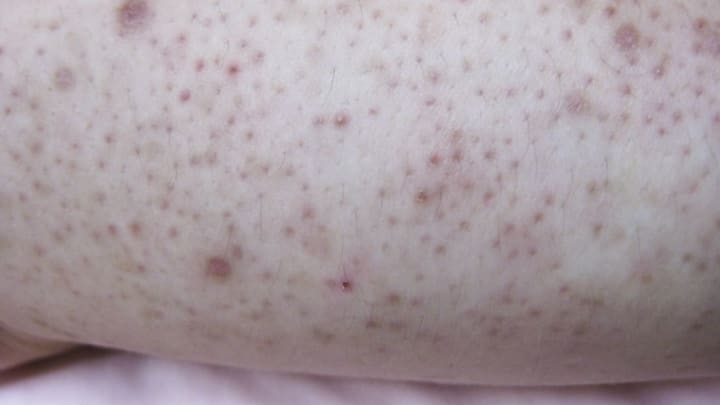
What is Keratosis Pilaris
Keratosis Pilaris is a common and harmless skin condition that affects many people. It is characterized by small, rough bumps on the skin, often appearing on the upper arms, thighs, buttocks, and sometimes on the cheeks. The condition is caused by the buildup of keratin, a protein that protects the skin from infection and other harmful substances. While it is not a serious or life-threatening condition, Keratosis Pilaris can be a source of self-consciousness for some individuals.
Definition of Keratosis Pilaris
Keratosis Pilaris, also known as “chicken skin” due to its appearance, is a common skin condition that affects the hair follicles. It occurs when the keratin, a protein found in the outer layer of the skin, builds up and clogs the openings of the hair follicles. This leads to the formation of small, rough bumps that resemble goosebumps or sandpaper texture on the skin.
Prevalence of Keratosis Pilaris
Keratosis Pilaris is a widespread condition that affects people of all ages, genders, and races. It is estimated that approximately 40% to 50% of adults and up to 80% of adolescents experience some degree of Keratosis Pilaris. It tends to be more common in individuals with dry skin and is often seen in family clusters, suggesting a genetic predisposition to the condition.
The appearance of Keratosis Pilaris
The appearance of Keratosis Pilaris can vary from person to person. Most commonly, it presents as small, rough bumps on the skin that may be flesh-colored, red, or brown. The bumps can be accompanied by redness or inflammation, especially if the affected area is irritated. The texture of the bumps is often described as sandpaper-like, and they are usually painless, although some individuals may experience itching or discomfort.
Causes of Keratosis Pilaris
The exact cause of Keratosis Pilaris is not fully understood, but several factors are believed to contribute to its development.
Genetic Factors
One of the main factors believed to contribute to the development of Keratosis Pilaris is genetics. It has been observed that the condition tends to run in families, suggesting a genetic predisposition. Individuals with a family history of Keratosis Pilaris are more likely to develop the condition themselves.
Skin Dryness
Dry skin is another common factor associated with the development of Keratosis Pilaris. When the skin lacks moisture, it becomes more prone to dryness and accumulation of dead skin cells, which can contribute to the blockage of hair follicles. Dry skin is often aggravated by environmental factors such as cold weather, low humidity, and excessive bathing or showering.
Excessive Keratin Production
Keratosis Pilaris occurs when there is an overproduction of keratin, a protein that makes up the outer layer of the skin. This excess keratin can clog the hair follicles, leading to the formation of bumps. The reason for this excessive keratin production is not fully understood, but it is believed to be a result of certain genetic factors and abnormalities in the skin’s natural exfoliation process.
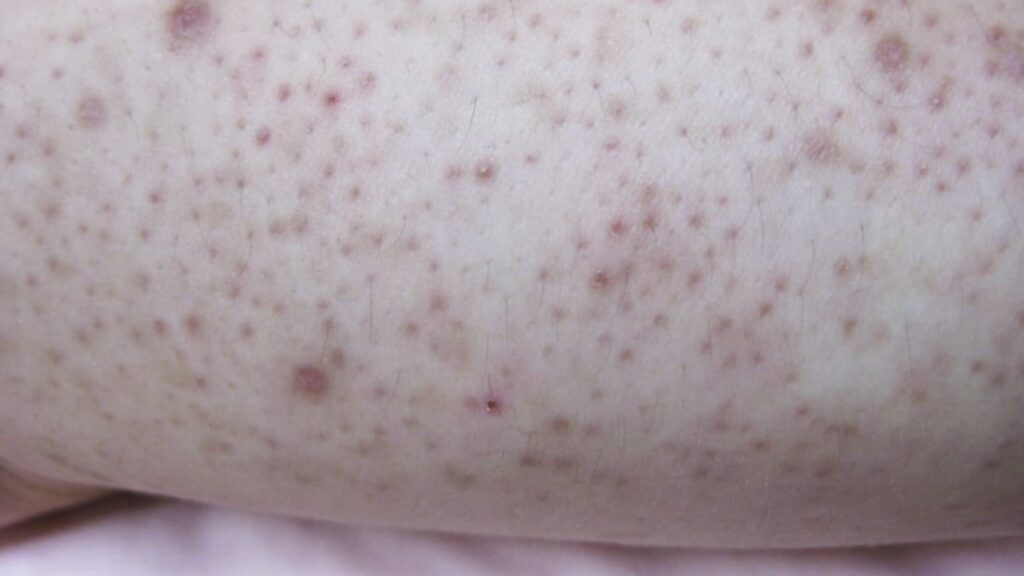
Common Myths about Keratosis Pilaris
There are several misconceptions surrounding Keratosis Pilaris. Let’s debunk some of the common myths associated with this condition.
Myth 1: Keratosis Pilaris is contagious
False. Keratosis Pilaris is not contagious and cannot be spread from person to person through contact. It is a purely cosmetic skin condition and poses no risk to others.
Myth 2: Keratosis Pilaris is caused by poor hygiene
False. Keratosis Pilaris is not caused by poor hygiene or lack of cleanliness. It is a genetic and physiological condition that is not related to personal hygiene practices.
Myth 3: Scrubbing vigorously will cure Keratosis Pilaris
False. While exfoliating the skin can help remove the dead skin cells and unclog the hair follicles, scrubbing vigorously or using harsh abrasive products can actually worsen the condition. Gentle exfoliation and proper skincare are key to managing Keratosis Pilaris.
Facts about Keratosis Pilaris
Now that we have covered the myths, let’s explore some facts about Keratosis Pilaris.
Fact 1: Keratosis Pilaris is a harmless skin condition
Keratosis Pilaris is a benign and harmless skin condition. It does not pose any serious health risks or complications. Although the appearance of the bumps may cause self-consciousness or mild discomfort, the condition itself is not harmful.
Fact 2: Keratosis Pilaris is not curable, but manageable
Unfortunately, there is no known cure for Keratosis Pilaris. However, the good news is that the condition can be effectively managed and its appearance can be improved with proper skincare and treatment. With consistent care, many individuals experience a reduction in the severity and frequency of flare-ups.
Fact 3: Proper skincare routine can improve the condition
Establishing a proper skincare routine is crucial for managing Keratosis Pilaris. Regular exfoliation, moisturizing, and gentle care of the affected areas can help soften the skin, reduce inflammation, and unclog the hair follicles. Consistency and patience are key, as improvement may take time.
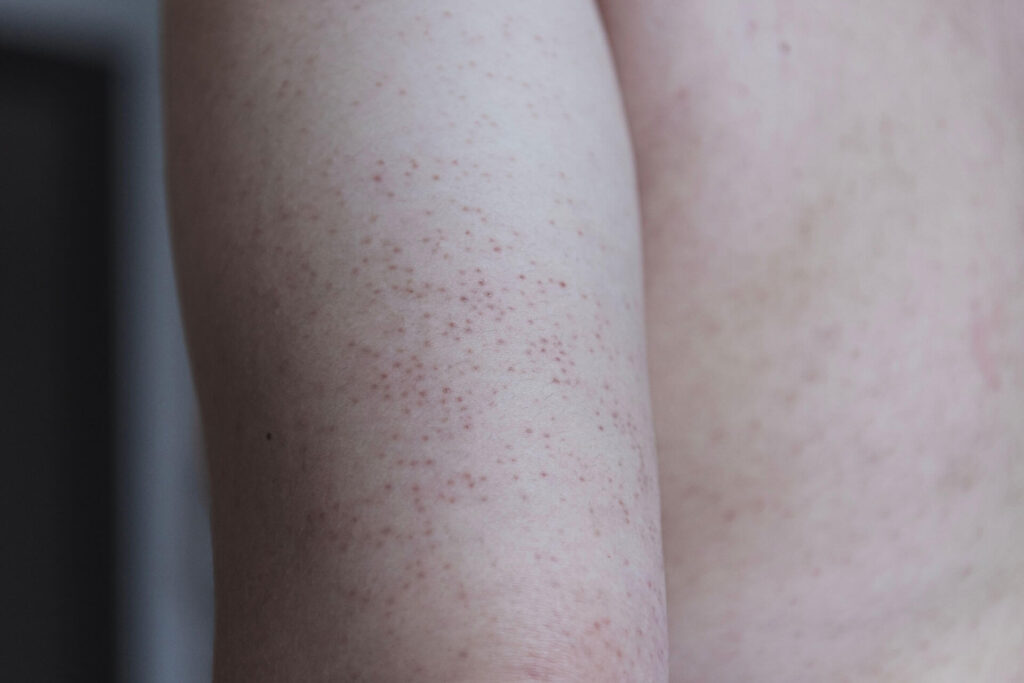
Treatment Options for Keratosis Pilaris
While there is no cure for Keratosis Pilaris, there are various treatment options available to manage the condition and improve the appearance of the skin.
Moisturizers and Emollients
Keeping the skin moisturized is essential for managing Keratosis Pilaris. Using moisturizers and emollients regularly can help soften the skin, reduce dryness, and prevent the buildup of dead skin cells. Look for products that contain ingredients like lactic acid, urea, or ceramides, as these can effectively hydrate and exfoliate the skin.
Topical Retinoids
Topical retinoids, a form of vitamin A derivatives, can be prescribed by a dermatologist to help exfoliate the skin and unclog the hair follicles. These medications work by increasing the cell turnover rate, promoting the shedding of dead skin cells, and preventing the formation of plugs.
Chemical Exfoliants
Chemical exfoliants, such as alpha-hydroxy acids (AHAs) or beta-hydroxy acids (BHAs), can be used to gently exfoliate the skin and promote cell turnover. These ingredients help smooth the skin’s texture, reduce inflammation, and prevent the buildup of keratin.
Natural Remedies for Keratosis Pilaris
In addition to medical treatments, there are also natural remedies that can help improve the appearance of Keratosis Pilaris.
Exfoliating with Natural Ingredients
Natural exfoliants like oatmeal, sugar, or coffee grounds can be used to gently scrub the affected areas and remove dead skin cells. These ingredients help smoothen the skin’s texture and promote cell turnover. It is important to be gentle during the exfoliation process to avoid further irritation.
Moisturizing with Natural Oils
Using natural oils, such as coconut oil, jojoba oil, or almond oil, can provide deep hydration to the skin and help reduce the dryness associated with Keratosis Pilaris. These oils can be applied directly to the affected areas or mixed with moisturizers for enhanced benefits.
Using a Humidifier
Adding moisture to the air with the help of a humidifier can help combat dryness and improve the condition of the skin. This can be especially beneficial during the winter months or in dry climates where the air tends to be drier.
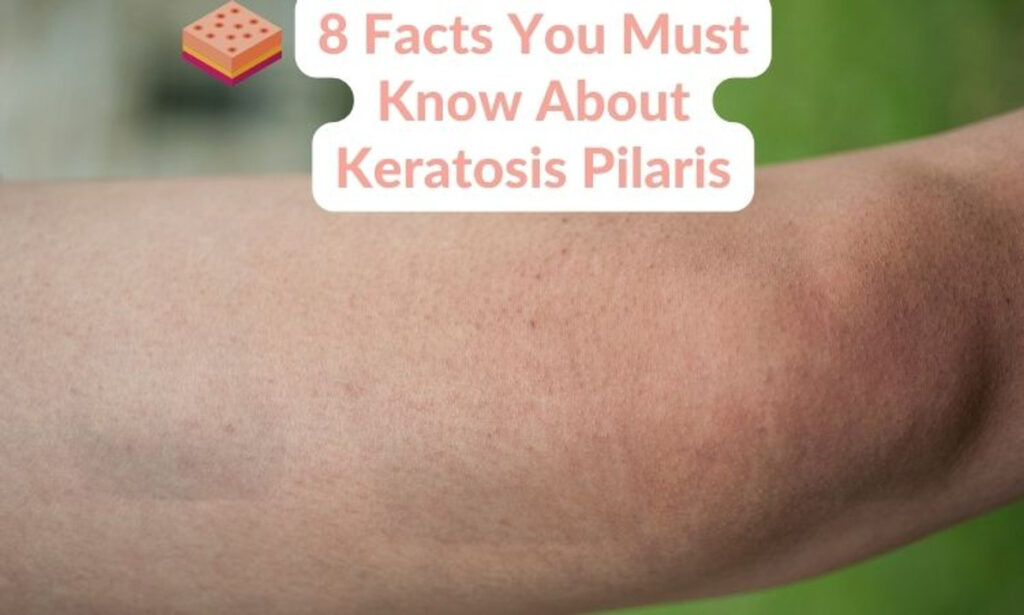
Lifestyle Changes for Managing Keratosis Pilaris
In addition to skincare and treatment options, certain lifestyle changes can also help manage Keratosis Pilaris and minimize its appearance.
Avoiding Hot Showers
Hot water can strip the skin of its natural oils and exacerbate dryness. Opt for lukewarm showers or baths instead, and limit the time spent in the water to prevent further drying of the skin.
Limiting Sun Exposure
Excessive sun exposure can cause the skin to become dry and worsen the appearance of Keratosis Pilaris. Protect your skin by wearing sunscreen and seeking shade during peak sun hours.
Wearing Loose-Fitting Clothing
Tight-fitting clothing can rub against the affected skin and cause irritation. Opt for loose-fitting clothes made of breathable fabrics to minimize friction and allow the skin to breathe.
How to Prevent Keratosis Pilaris
While Keratosis Pilaris cannot be completely prevented, there are steps you can take to minimize its occurrence and reduce its severity.
Keep the Skin Moisturized
Ensuring that your skin is adequately moisturized is crucial in preventing Keratosis Pilaris. Choose a moisturizer that is suitable for your skin type and apply it regularly, especially after bathing or showering.
Avoid Harsh Soaps or Cleansers
Using harsh soaps or cleansers can strip the skin of its natural oils and exacerbate dryness. Opt for mild, fragrance-free cleansers that are gentle on the skin.
Protect from Excessive Cold or Dryness
Extreme cold or dry conditions can worsen the symptoms of Keratosis Pilaris. Protect your skin by wearing appropriate clothing, using moisturizers, and avoiding prolonged exposure to harsh weather conditions.
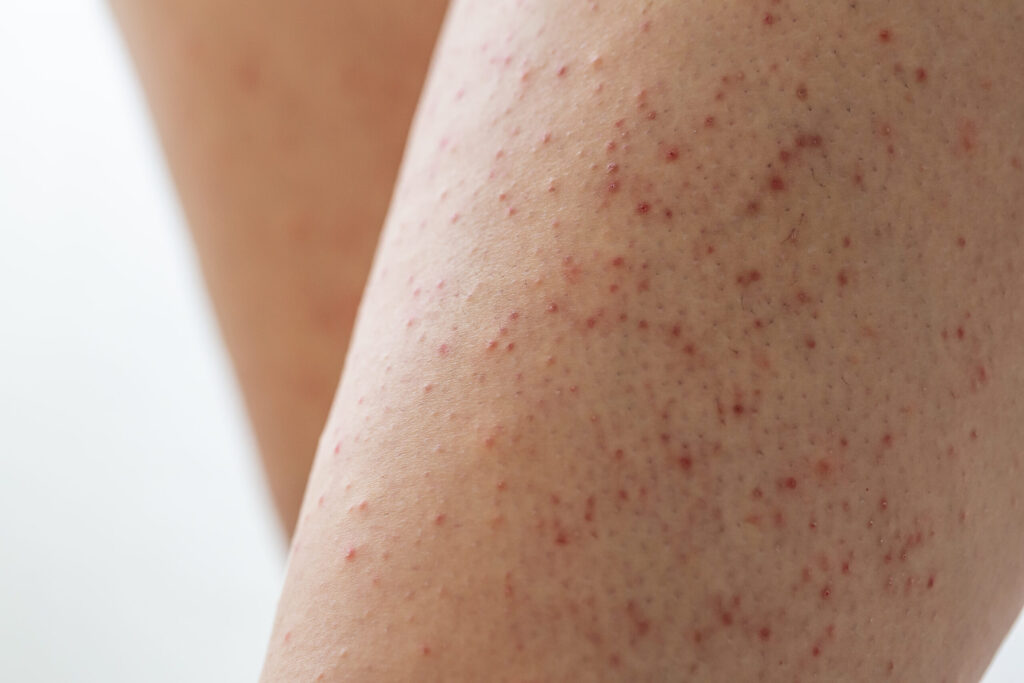
When to Seek Professional Help
In most cases, Keratosis Pilaris can be managed at home with proper skincare and lifestyle changes. However, there are situations where it may be necessary to seek professional help.
Severe Symptoms and Discomfort
If you experience severe symptoms such as intense itching, pain, or inflammation, it is advisable to consult a dermatologist. They can assess your condition and recommend appropriate treatment options to alleviate your symptoms.
No Improvement with Home Remedies
If you have been diligently following home remedies and treatment recommendations for Keratosis Pilaris but have not seen any improvement in your condition, it may be time to seek professional help. A dermatologist can provide you with a more targeted treatment plan based on your specific needs.
Concern about Appearance
If the appearance of Keratosis Pilaris is causing you significant distress or affecting your self-esteem, consulting a dermatologist can help. They can provide guidance and recommend treatments or products that can improve the appearance of your skin.
Conclusion
Keratosis Pilaris is a common and harmless skin condition characterized by small, rough bumps on the skin. While it is not curable, it can be effectively managed with proper skincare, treatment options, and lifestyle changes. Remember to be patient and consistent in your approach, as improvement may take time. If you have any concerns or severe symptoms, do not hesitate to seek professional help. With the right care, you can minimize the appearance of Keratosis Pilaris and achieve smoother, healthier-looking skin.